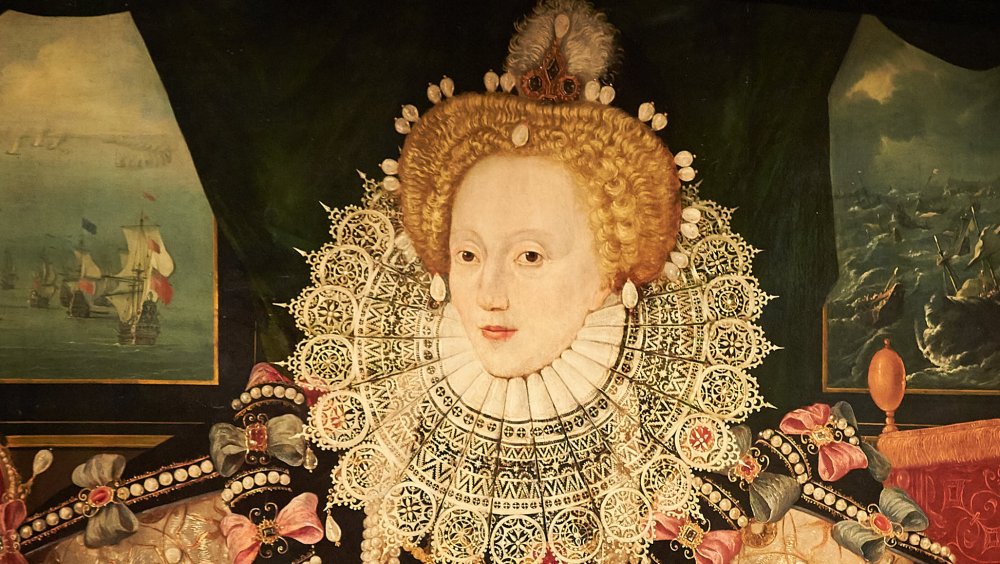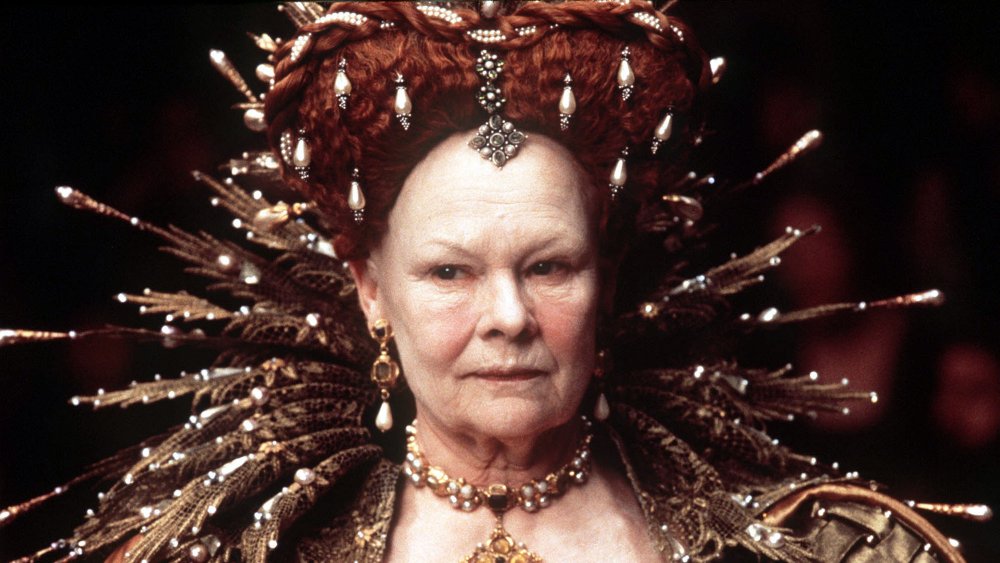What Really Killed Queen Elizabeth I?
For 45 years, Queen Elizabeth I reigned over the British empire. Over the course of her life, the last monarch of the house of Tudor survived numerous attempts at assassination, managing to avoid her mother's fate at the chopping block as well as figurative shots fired by the Catholic church, the Spanish, and, according to the historical docudrama Doctor Who, shapeshifting tentacle monsters.
But time catches up with all of us, and eventually, Good Queen Bess kicked it, passing away at the tender age of 69. To this day, Queen Elizabeth's death is veiled in mystery. What finally dropped the woman whose time as monarch saw the rise of William Shakespeare, Francis Drake, and big, frilly neck things? What ill fate befell the woman who, statistically speaking, is responsible for like 20% of Judy Dench's paychecks?
Queen Elizabeth's death: Maybe it's streptococcus, maybe it's Maybelline
There are several prominent theories as to what downed Queen Elizabeth I, but it's likely that we'll never know the exact cause of death. At Elizabeth's preemptive instruction, there was no autopsy performed, and even if there had been, she passed away at the beginning of the 17th century, when mortuary sciences still mostly consisted of shrugging and saying "this is too hard" if a corpse didn't have any knife-shaped holes in it.
The Royal Museums of Greenwich list three possibilities. The first and most widely regarded potential mortal coil shuffler was blood poisoning. Elizabeth was a big fan of a face makeup called Venetian Ceruse, considered the best a woman could get in its time. It's what gave Bess her iconic pallor. Also known as Spirit of Saturn, we have a different name for it today: lead paint. Yes, the Queen of England was rubbing heavy metals into her face on a daily basis. Three decades after she died, people started noticing that the cosmetic had a habit of killing people and it was designated, in the language of the time, "totes poisonous."
There's also a chance that Elizabeth died of natural causes, with pneumonia and tonsillitis making the list of possible killers. But the grossest suspected culprit has to be what we'll call "Baggins syndrome:" Elizabeth had a ring given to her at her coronation which, according to legend, she never, ever removed. Shortly before her death, it was noted that the flesh on her finger had grown around the accoutrement, and her physicians pointed out that she should probably take it the hell off. A week later, Elizabeth was dead. So maybe that's what did it.
Or, according to some conspiracy theories, she actually died when she was ten and was replaced by a boy named Neville.
Or, you know. Maybe werewolves got her. History isn't an exact science.

